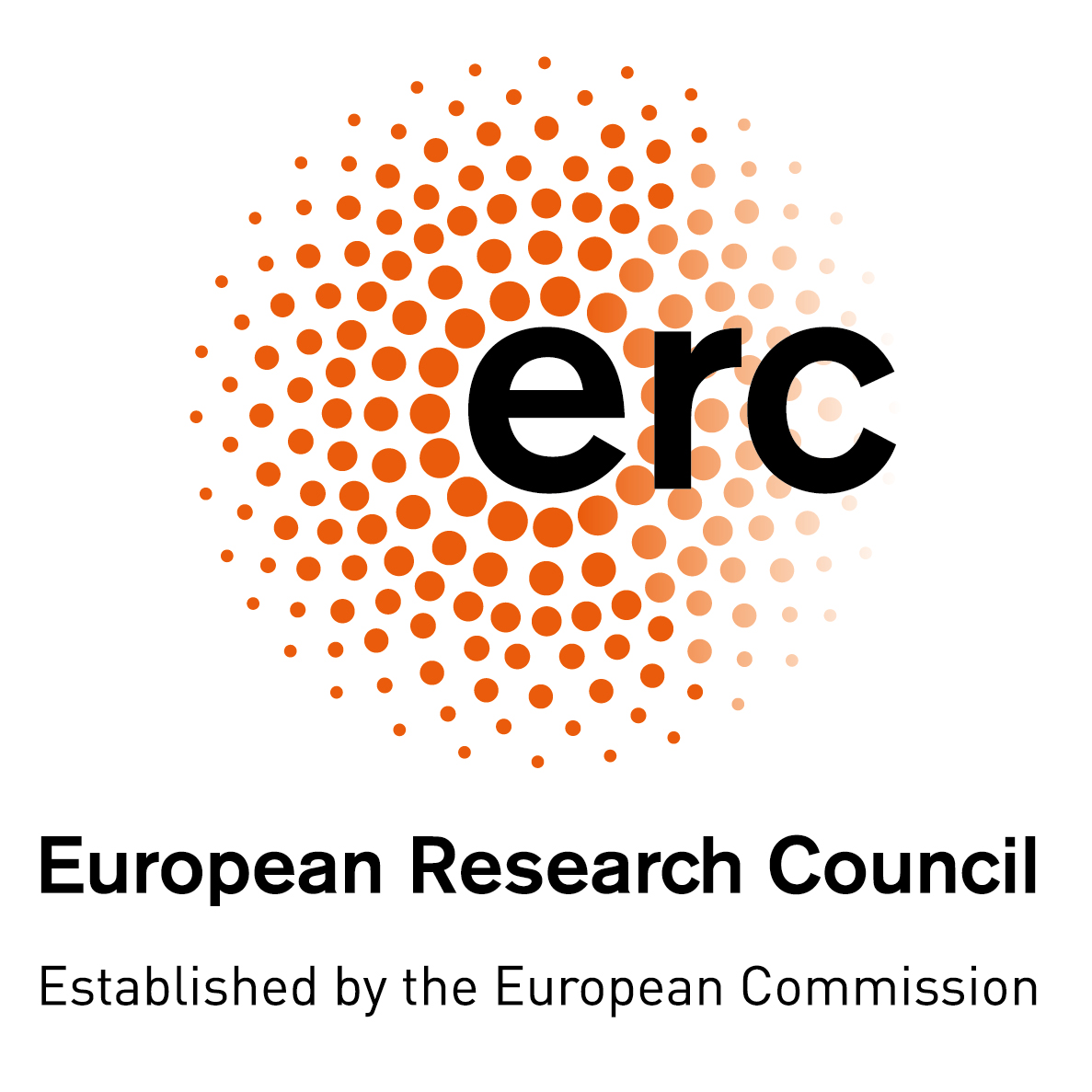

-
Natural sciences
- Statistical mechanics, structure of matter
We are in the midst of the second quantum revolution. Highly entangled quantum matter is being discovered, engineered, controlled and probed across a wide range of scales and conditions; quantum platforms are being used to emulate other quantum systems. The ability to simulate the quantum world on classical computers has been instrumental in guiding, validating and diagnosing these exciting developments. As the quantum world is probed beyond regimes of weak coupling and near-equilibrium, novel computational methods are required that can faithfully parameterise the peculiar entanglement patterns of physical quantum states in a scalable manner. The central goal of GaMaTeN is the design and application of tensor network methods for studying quantum lattice systems with gauge symmetries, the universal paradigm that governs high-energy particles as well as low-temperature condensed matter. A computational framework will be developed for targeting interacting gauge and matter degrees of freedom in conditions that are beyond the reach of the ubiquitous Monte Carlo sampling techniques. Equilibrium properties of phases with high baryonic densities as well as non-equilibrium dynamical effects such as the phenomenon of string breaking or the spontaneous particle production in strong external fields will be investigated. At the conceptual level, a unique entanglement perspective on the nonperturbative real-space scaling behaviour of gauge theories will be provided. Furthermore, the advancements in this proposal are essential in order for tensor networks to uphold their instrumental role in assisting and benchmarking future quantum simulation proposals and experiments. The tensor network algorithms developed in the GaMaTeN project will be optimised for high performance and will maximally exploit symmetries. They will be released as a general-purpose
open-source library, which offers the potential for a lasting impact far beyond the scope of this proposal.